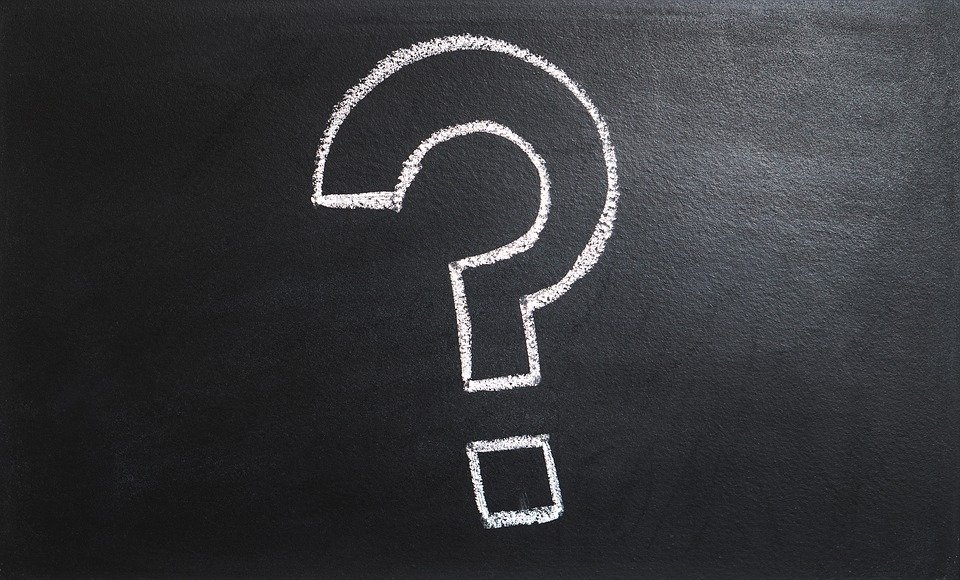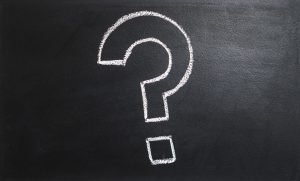
What Is a Fixed Asset in Accounting?

From retail stores and coffee shops to e-commerce stores and construction companies, all businesses have assets. In accounting, an asset any resource owned by a business that offers future value. In other words, it’s something that a business can convert into revenue. There are different types of assets used in business accounting, however, one of which is fixed. So, what are fixed assets exactly, and how do they compare to other types of assets?
Fixed Assets Explained
Also known as tangible assets, fixed assets are assets — resources of future value owned by your business — that cannot be converted into money within a short period of time, typically a year. An example of a fixed asset is heavy machinery owned by a construction company. Even if a piece of heavy machinery has monetary value, it may take a while for the construction company to sell. Therefore, it’s considered a fixed asset.
Another example of a fixed asset is a fleet of trucks owned and operated by a transportation company. Like heavy machinery, trucks cannot be easily sold or otherwise converted into cash, so they are considered a fixed asset. Regardless, all fixed assets are defined by their ability to be converted into cash within a short period of time.
Recording the Depreciation of Fixed Assets
Because they cannot be easily converted into cash within a short period of time, you should calculate the depreciation of your business’s fixed assets for tax purposes. The Internal Revenue Service (IRS) allows businesses to deduct depreciation of fixed assets from their taxes.
If you use Quickbooks Desktop to keep track of your business’s finances, you can easily calculate the depreciation of your fixed assets. The software contains a special feature known as Fixed Asset Manager (FAM) that uses up-to-date IRS standards to calculate how much your fixed assets have depreciated.
It’s important to note that FAM isn’t available in all versions of Quickbooks. You’ll only find this feature in Quickbooks Premier Accountant, Enterprise Accountant and Enterprise.
Fixed vs Current Assets
Current assets, on the other hand, are assets that can be converted into money within a short period of time. Inventory, for example, is typically considered a current asset. A retail apparel store may have a surplus of shirts and jeans. Because the store sells these items, they are considered a current asset.
Have anything else that you’d like to add? Let us know in the comments section below!
